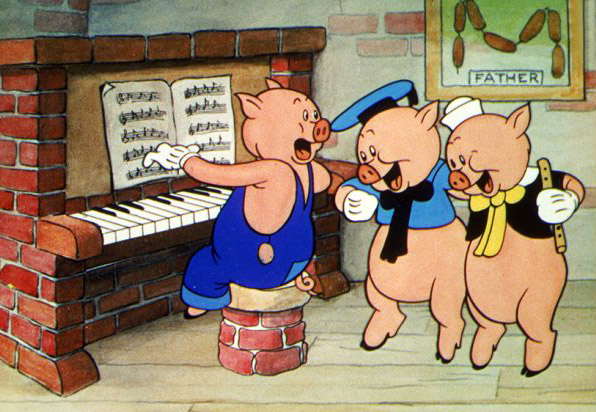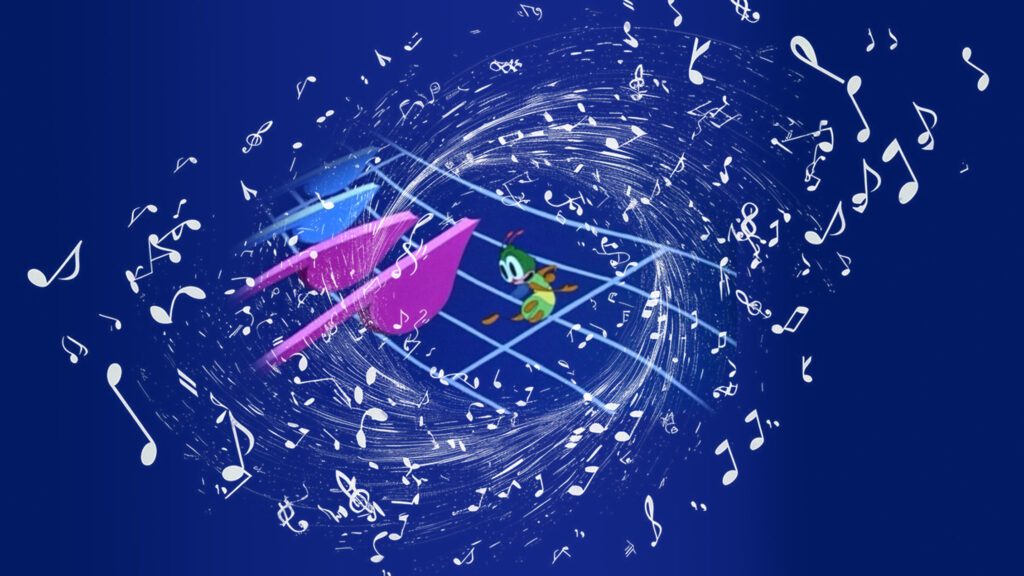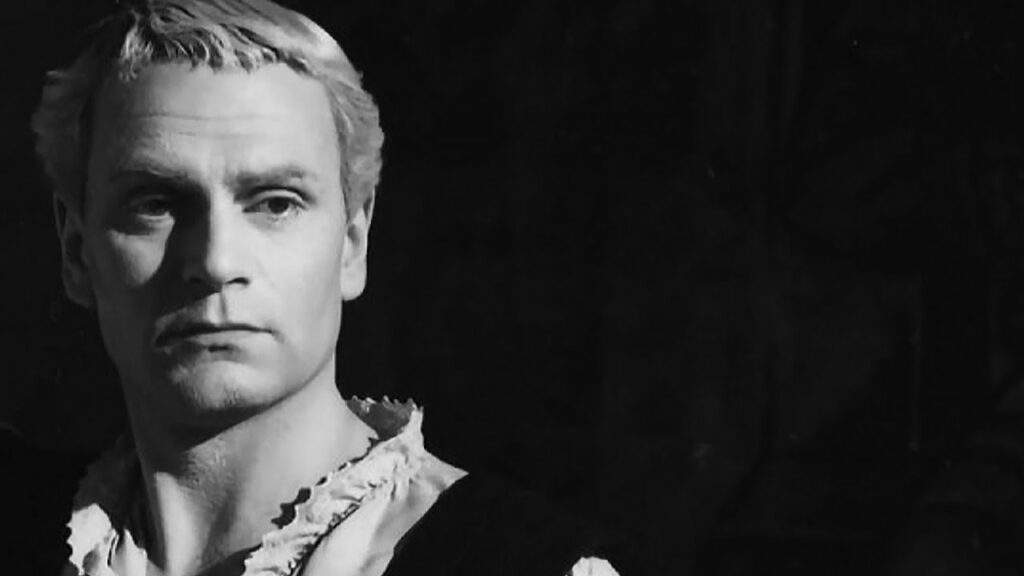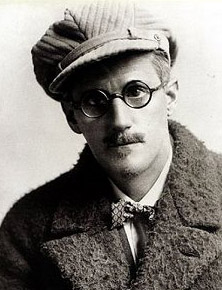
So far I have tried to analyze the primary nature of the animator’s work, and to identify what I have called the “raw material” that pertains to this particular art form.
Excluding every other aspect (which I will discuss later), I focused on what is the profound, not only intellectual, but even physiological root of our work. Those who practice the profession of animator have certainly developed a particular sensitivity towards “movement”. I mean, not movement as a physical expression of a character, or an object, but precisely movement as such.
Often it is a completely innate sensitivity, more accentuated than other people, a native “talent” that has contributed, even unconsciously, to pushing many of us to undertake this journey, even initially just as a passionate predilection.

We know, for example, how in a musician his sensitivity towards sounds, the relationships between them, and their expressive substance is particularly developed, much more than in other people. It is a special disposition, completely innate, which often develops very early in life, and which almost fatally pushes to take the path of the musical career.
In the same way, we can say, the animator discovers himself quite early in his life capable of perceiving, analyzing and reproducing movement in an extremely subtle way, as an intrinsic component of animated objects, and of modulating it to the point of translating it into an intelligible language, capable of transmit life, emotion and narrative to an audience. Also in this case this is, as I was saying, a real predisposition that precedes any learning or practice: in my opinion it is precisely this particular sensitivity that makes the animator a more or less talented animator.
At this point I will begin to delve into this “language” in more detail, into its grammar, its composition technique, and finally rummaging through the “tools of the trade” of the professional animator’s daily work.
However, I do not intend to propose yet another “animation course”, I will not deal with simply didactically illustrating techniques and principles, tricks of trade and suggestions, nor with re-proposing more or less common practical exercises: for this purpose there are already online and in bookstores countless courses, paid or free, some excellent, others less so (and, yes, others honestly quite poor).
Instead, I intend to maintain here a perhaps less usual approach, a little more theoretical and conceptual, trying to give my contribution to a more in-depth understanding of the mechanisms that underlie those same principles. A bit like, to stay in the musical field, a treatise on music theory differs from a practical guitar or piano course, despite covering many common themes. I am addressing above all to readers who already know the principles illustrated or are familiar with them, but who want to delve deeper into their theoretical foundations.
The advantage of this approach is also that it is clearly detached from any specific animation technique (traditional animated drawings, 3D animation, puppet animation, claymation, and others), but can be applied indifferently to each of them, just as melody, harmony and counterpoint are concepts that can be applied to every instrument, group of instruments, and musical style.
As I mentioned in the previous article, therefore, there are three “pillars” that support the entire edifice of our artistic practice, and the thing to underline here is that these are not three independent elements, but they are one support of the other, in a layered structure, such as the section of a sedimentary rock. just as, in music, there are the three pillars mentioned above of melody, harmony and counterpoint.

The first of these pillars, is MOVEMENT, as we have seen: it’s what I could define as “the vital breath” that gives an otherwise inert object the ability to “act” (even the simple movement of an object [X] from a point [A] to a point [B] is “action”), to express intentionality, emotion, and, therefore, broadly, life.
We can say this is our “Melody”: Movement is Life.

The ability of a moving (i.e. animated) object to perform a subjective action, we call it ACTING, is the second of these pillars, what in our eyes and brain gives an emotional dimension to the object.
So, Acting is “Harmony”: Acting is Emotion.
The moving object therefore carries out actions and reactions, so expressing thoughts and emotions. Finally, the set of these actions/reactions articulated according to a specific intention are in turn capable of generating a story, which represents the third “pillar” of the building we are erecting: STORYTELLING.

Understanded here not as a plot, the “poetic” development in the Aristotelian sense of a drama, but as the primary narrative cell expressed by the moving object (now become an Actor) in movement. An object [Y] that gets scared and runs away when an object [X] approaches is already a primary elementary narrative cell. Just as the fragment of the sentence [“Stately, plump Buck Mulligan came from the stairhead…”] is the incipit cell from which, followed by dozens of thousands of other connected micro-narratives, a work like James Joyce’s “Ulysses” will emerge.
And this is animation’s “counterpoint”: Storytelling is Journey.
In the next article we will meet an old acquaintance, who anyone with a minimum familiarity with animation as a profession has loved so much, and perhaps equally hated…
15 – Bouncing and Jumping
